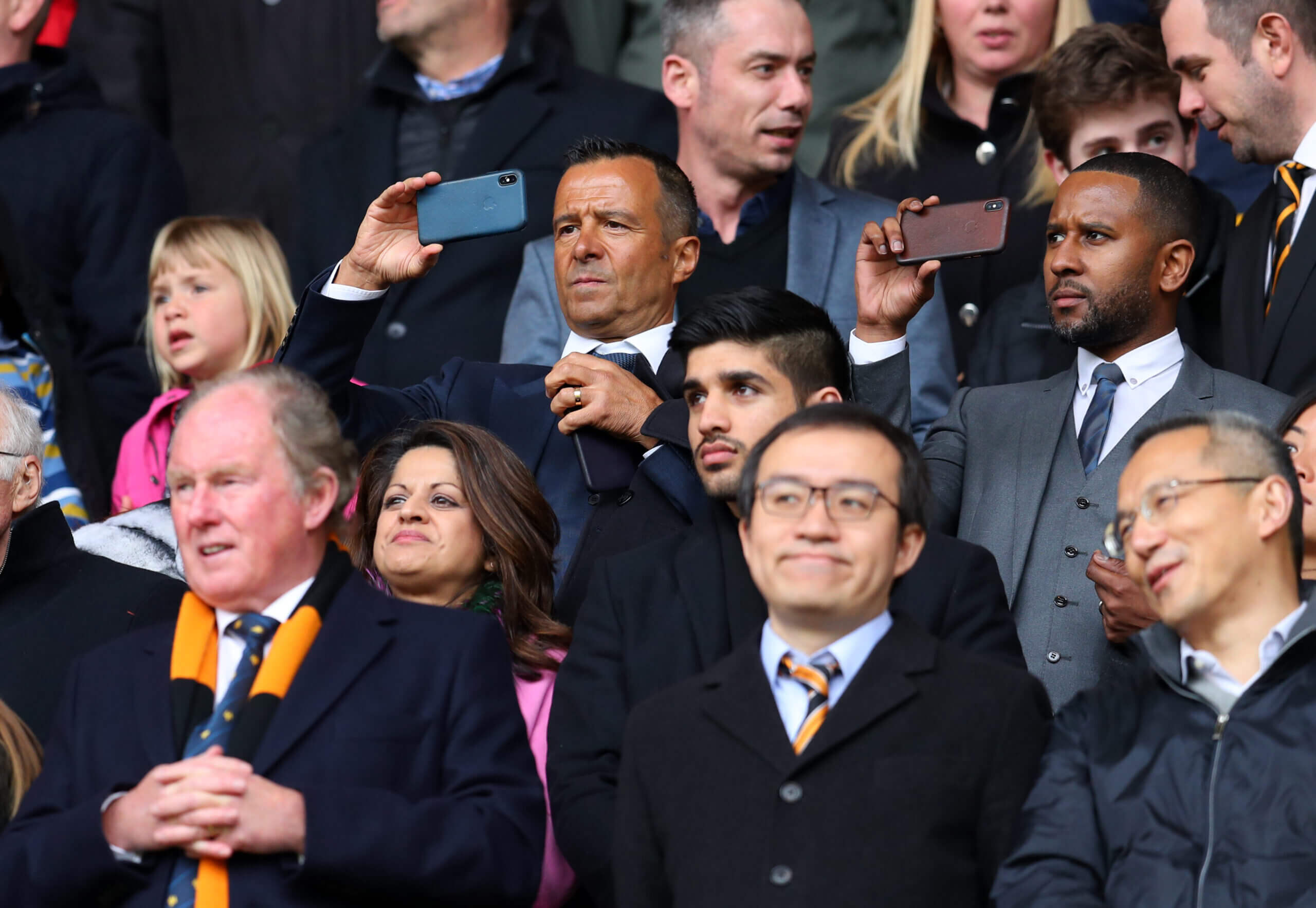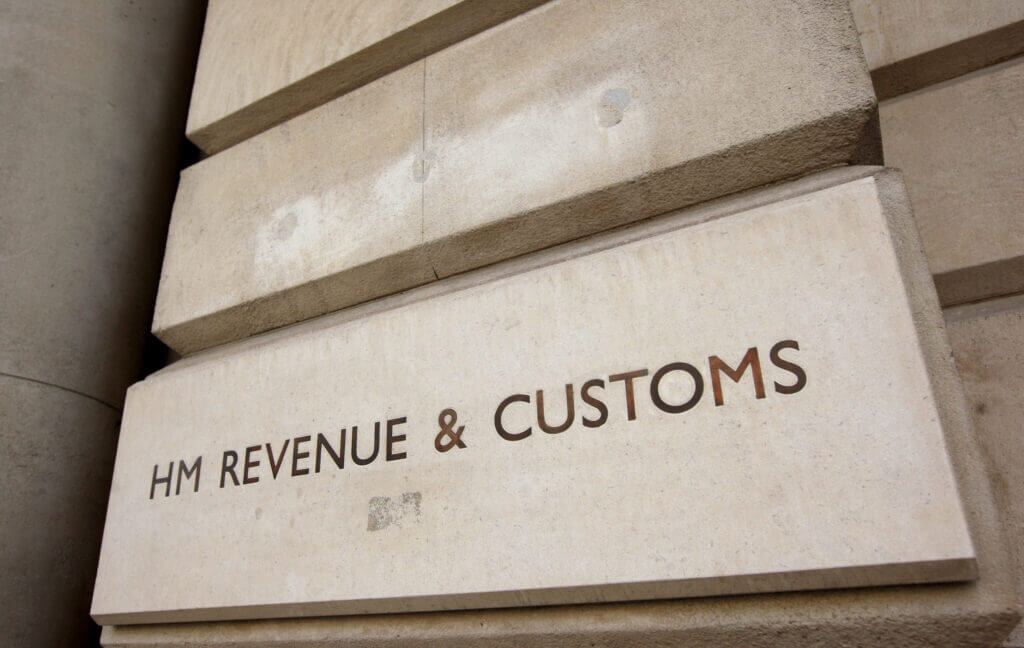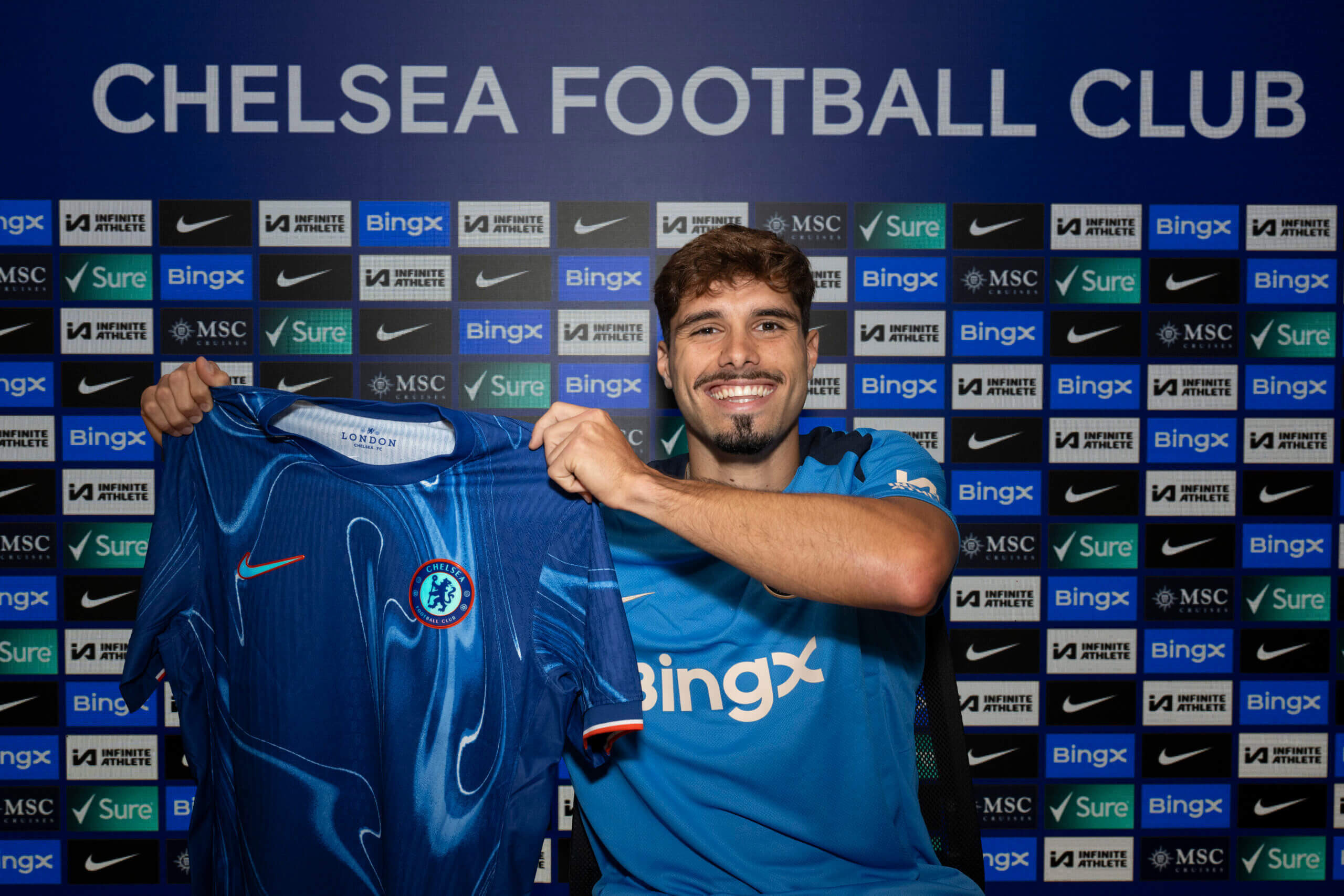Are you curious about how much tax footballers pay? With huge amounts of money changing hands in football, it’s natural to wonder how much of that actually ends up contributing to the public finances. This article breaks down the tax implications of Premier League transfers and player earnings, offering insights into income tax, VAT, agent fees, and more. Explore the details with CAUHOI2025.UK.COM!
1. What Taxes Are Involved in Premier League Transfers?
Yes, football transfers are subject to taxation in the UK. Taxation includes corporation tax on profits, Value Added Tax (VAT) on transfer fees, and levies on transfers and international loans.
To elaborate, here’s a detailed breakdown:
1.1. Corporation Tax
Transfer income and spending factor into a club’s profit and loss account at year-end, where any profits are subject to corporation tax. While football clubs aren’t typically known for being profitable, those that do make a profit are taxed accordingly. The tax rate is 19% on profits under £50,000 or 25% on profits over £250,000. Profits between £50,000 and £250,000 are taxed at the main rate (25%), reduced by marginal relief, gradually increasing the effective corporation tax rate.
1.2. Value Added Tax (VAT)
VAT is a tax applied to most products and services by VAT-registered businesses. Currently, the VAT rate in the UK stands at 20%. For football clubs, VAT is added to the entire transfer fee immediately, even if the payment is agreed to be made in installments. So, if a player is signed for £100 million, the overall cost, including VAT, would be £120 million. Add-ons and performance-based bonuses incur VAT when the set criteria are met.
Like any VAT-registered business, football clubs can claim back VAT and offset it against their VAT return. Football finance expert Kieran Maguire explains it as a circular process: “If I buy a player from you for £50 million, I have to pay 20% VAT (£10 million) on top. You invoice me for the sum due, plus VAT (£60 million). That creates a cash flow issue for me. But I can deduct that £10 million when I submit my next VAT return.”

1.3. Premier League and EFL Levies
The Premier League charges a 4% levy on all incoming transfers and international loans, including Premier League to Premier League deals. This levy funds the players’ pension scheme. In the English Football League (EFL), a similar levy amounts to 5%.
1.4. Solidarity Payments
These payments can be as much as 5%. They are distributed among the clubs that developed the player between the ages of 12 and 23, split by the length of time spent at each club. These payments are incurred with every international transfer and collected by FIFA.
2. How Much Tax Do Footballers Pay on Wages?
Player wages, like other workers in the UK, are subject to income tax and national insurance contributions. Earnings over £125,000 per year are taxed at the top rate of 45%. Additionally, they pay National Insurance, a state tax that helps fund state benefits and the National Health Service (NHS), which is 2%. Clubs also contribute 13.8% to National Insurance.
Martyn Hawkins explains: “If a player was on £100,000 a week — £5 million per year — they would receive £2.65 million net, which is 53% of the gross amount.”
2.1. Image Rights
Image rights are normally paid to a company in the player’s name and are subject to corporation tax. We will elaborate more on this aspect later.
3. What Are the Tax Implications of Agent Fees?
Football intermediaries, commonly known as agents, incur tax on their services. The agent’s fee is typically a percentage of the player’s fixed earnings. Generally, the club pays this on the player’s behalf as a benefit in kind (a taxable perk), subject to VAT, income tax, and national insurance. This can sometimes be unexpected for overseas players moving to the UK.

Martin Smith, head of sports at HW Fisher, notes: “When an overseas player comes over, the first thing we do is explain to the agent and the player that there are agency fees and what the tax implications are. When we are doing the deal sheet, for the player, in the heads of terms, there will always be agent fees included there. The player is fully aware.”
3.1. Dual Representation
Agents are often paid for their services to both the club and the player in the same transaction, known as dual representation. This arrangement affects the tax paid by clubs and has faced increased scrutiny.
4. How Much Tax Does the Premier League Generate?
The Premier League contributes a significant amount to the UK economy. In the 2021-22 season, it contributed £8 billion to the UK economy. A Premier League spokesperson told The Athletic that the league and its clubs generated a total tax contribution of £4.2 billion to the UK Exchequer, with £1.7 billion accounted for by the league’s players and staff.
According to data from HMRC, the UK government received £731.1 billion in tax receipts and £392.7 billion from income tax and national insurance in 2021-22. Thus, the Premier League’s contribution of £1.7 billion from its players and staff accounts for approximately 0.4% of the UK’s income tax and national insurance revenue.
5. Should Footballers Be Paying More Tax?
There has been criticism regarding how some taxes in football are paid, particularly concerning agent fees and dual representation. Tax Policy Associates alleged that the practice of dual representation cost the taxman £250 million from 2019 to 2021 and £470 million since 2015.
5.1. The Argument Against Dual Representation
Dan Neidle of Tax Policy Associates argues that agents primarily represent the player’s interests and cannot offer the same service to the club: “What the clubs do is pretend that the agent is working for them with a dual representation arrangement. Because they say the agent is partly acting for the club, the club can deduct the cost of the agent from its corporation tax bill and it gets to recover the VAT. It’s a tax dodge, and everyone knows it.”
5.2. The Counter-Argument
Some argue that agents provide a valuable service to clubs. Martyn Hawkins states, “If a football club was to say ‘I am not going to pay any agents any more on any transfers,’ that club would sign no players. They provide a service.” He adds that agents help clubs secure high-profile players and assist young players in understanding their market value.
5.3. HMRC Guidance
The FA’s rules permit dual representation in a transfer agreement. HMRC’s guidance emphasizes the need to prove the nature of the split, requiring clear evidence such as a paper trail to illustrate the roles played. HMRC will not accept a 50-50 split without proper justification.
One agent, speaking anonymously to The Athletic, explained, “If our client (player) has a contract with us for 5% and we negotiate a fee worth more than 5%, the first 5% always falls on the player as per his liability in his contract, but the excess then falls on club services, which has no tax implication on the player.” They emphasized the importance of documenting the work done for the club to justify the fees.

A spokesperson for HMRC said: “We continue to carefully scrutinize arrangements between clubs, players, and agents, to ensure the correct tax is paid. We work closely with the football industry to educate and deal with tax risk head-on. Since 2015, from across all tax areas in the football industry, we’ve recovered £793 million that would otherwise have gone unpaid.”
6. How Much Does Tax Influence a Transfer?
The ability to reclaim VAT mitigates its impact on transfers, and it is not typically included in the club’s accounts listed on Companies House. However, it can affect cash flow.
6.1. Immediate VAT Payments
Martyn Hawkins notes, “The VAT part is the one you’ve just got to eat. You need to get the player registered yesterday. The director of football is massively on your case, they will want them for the weekend. Getting that transfer, and the VAT and Levy paid immediately, are critical. Otherwise, you can’t register the player.”
6.2. Impact on Salaries
Salaries are more significantly affected by tax considerations, including currency and whether a salary is gross or net income. Image rights, also known as promotional agreements, are particularly relevant. These are separate from the basic salary and are a commercial service allowing the club to use the player’s image for promotional reasons. Payments are made to a company set up by the player to manage their promotional work, which is subject to corporation tax.
The key distinction is proving that payments are not for playing football, which would necessitate payment through earnings and be liable to income tax and national insurance.
6.3. Image Rights Agreements
Martin Smith says, “It is probably only the ‘top six’ clubs in the Premier League that will pay image rights out. The club has to demonstrate what the player does for that image rights payment.”
HMRC’s guidance states that agreements should be demonstrably based in commercial reality, meaning clubs must prove the commercial value of the agreement. Although previously, no more than 20% of earnings could be paid as image rights, that figure is now used as guidance, depending on the player’s marketability.
Hawkins explains, “Say the player wants £5 million gross. You could put £4 million of that through his employment contract and £1 million of that through the image rights company. The club is obligated to make sure that that million is not a tax dodge. It’s a commercial payment. There are lots of obligations on the club to make sure that they are using that image and it’s commercial.”

7. Where Else Does Tax Play a Role?
Tax rates have implications for UEFA’s new ‘squad cost controls,’ which are replacing financial fair play rules. The new system limits the amount a club in UEFA competitions can spend on player wages, transfers, and agent fees to 70% of revenue from 2025-26. This is being gradually implemented, starting with a permitted spend of 80% of revenue this season.
Under squad cost controls, the club’s total cost is taken into account, including taxes. As a result, clubs from countries with a higher tax burden are at a disadvantage regarding the overall amount of money they can spend.
To address this, UEFA introduced a new tax adjustment measure in June 2024, which “can be requested by clubs in territories with excessively high tax rates.” If a club’s gross salary payment is greater than 2.16 times their net cost, they can adjust the wage bill downwards. UEFA says 2.16 is the average tax multiplier of the top five UEFA member associations, and this will be reassessed every three years.
8. What About Players Moving Abroad?
Tax is also a significant factor when footballers move abroad. While some countries offer favorable tax rates (e.g., Saudi Arabia offers tax-free income for footballers), considerations must also be made regarding taxes to be paid overseas and in the UK.
For example, Jordan Henderson would have been liable for a 45% income tax rate if he had returned to the UK in January 2024 from Al Ettifaq because he would have been returning before spending a full financial year outside the country.
Smith explains, “The rules are that you have to be outside of the UK for a full tax year — April 6 to April 5. If he came back to the UK any time before the end of a full tax year, he will be taxed on the whole amount. That’ll be why he’s gone to Ajax; he’ll need to be there from April 6, 2024, to April 5, 2025, to ensure that Saudi income is not taxable in the UK.”
9. FAQ: Footballer Taxation
Here are some frequently asked questions about footballer taxation:
- Do footballers pay income tax? Yes, like all UK workers, footballers pay income tax on their wages.
- What is VAT in football transfers? VAT is a 20% tax added to the total transfer fee in the UK.
- Can football clubs reclaim VAT? Yes, VAT-registered football clubs can reclaim VAT on their VAT returns.
- What are image rights? Image rights are payments for the use of a player’s image in promotional activities, subject to corporation tax.
- What is dual representation? Dual representation is when an agent represents both the player and the club in a transfer, affecting tax implications.
- How does the Premier League contribute to UK taxes? The Premier League and its clubs contribute billions to the UK Exchequer annually through various taxes.
- What are squad cost controls? UEFA’s squad cost controls limit how much clubs can spend on wages, transfers, and agent fees, including taxes.
- How does moving abroad affect a footballer’s tax? Moving to countries with different tax rates can significantly impact a player’s overall tax liability.
- What is the top rate of income tax for footballers in the UK? The top rate of income tax for earnings over £125,000 per year is 45%.
- What are solidarity payments? Solidarity payments are distributed among clubs that developed a player between the ages of 12 and 23.
Conclusion
Understanding the tax implications of football transfers and player earnings can be complex. From income tax and VAT to agent fees and international transfers, numerous factors influence how much footballers get taxed. This comprehensive guide provides a clear overview of these elements within the Premier League.
Do you have more questions about footballer finances or other topics? CAUHOI2025.UK.COM offers reliable, easy-to-understand answers to your burning questions. Visit CauHoi2025.UK.COM today to explore more insights and get the information you need!

